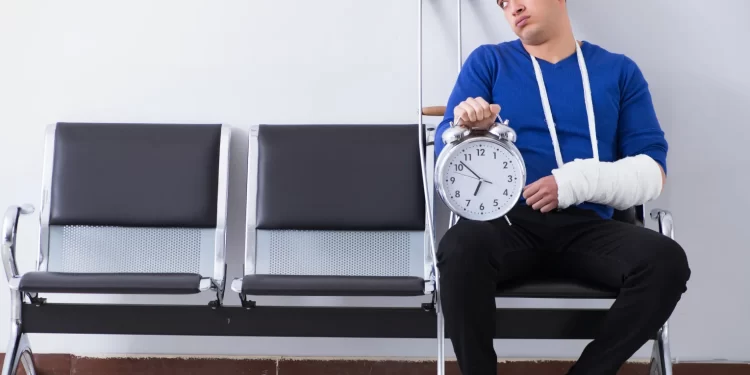Americans regularly complain about wait times to obtain medical appointments, especially with primary care physicians and certain specialists. Waiting several weeks or a couple of months for an appointment is not uncommon, which can sound to Americans like purported wait times in Canada and other countries with socialized medicine.
Economics and Third-Party Intervention Explain Long Waits
Economic analysis of medical education explains what is behind the long wait times, which are not incidental or random. Beyond understanding the economics of medical education, however, well-meaning third-party attempts to overrule the law of supply and demand to “fix” the wait-time problem have only exacerbated it. As Alexander Pope first declared in the early 18th century: a little knowledge is a dangerous thing.
Explanations frequently offered for long medical appointment wait times include: 1) the US supply of physicians is too low; 2) training new physicians is inadequate to replace physicians nearing traditional retirement age; 3) graduate medical education residency programs offer too few openings to accommodate medical school graduates; 4) the aging US population creates increasingly greater demand for physicians’ services; and, 5) physicians are not proportionately distributed across the country by population, between urban and rural areas, and among primary care providers and specialists.
The American Association of Medical Colleges (AAMC)—a membership organization of US medical schools—reports that the US will face a physician shortage of up to 86,000 by 2036, citing the inadequacy in the number of medical residency positions nationwide as one cause. These residency programs, which last from 3 to 7 years depending on specialty, are considered essential for graduates of 4-year medical schools, and a minimum one-year residency is required before a medical school graduate can become a licensed physician.
The National Resident Matching Program claims that there are 1.82 residency positions per graduate, but that after accounting for applicants who attended foreign medical schools (including some Americans who were unable to get into US medical schools), there are only 0.85 residency positions per medical graduate applicant. Every year, hundreds or thousands of aspiring physicians remain unmatched to a residency program and must apply again for a residency slot the following year. […]
— Read More: mises.org




